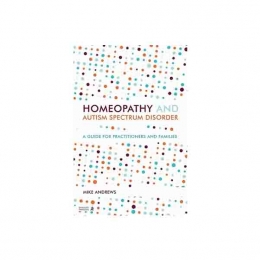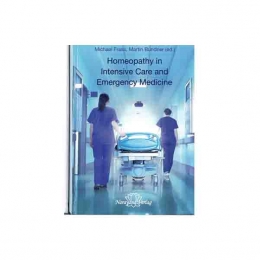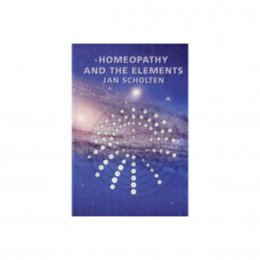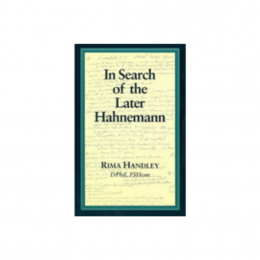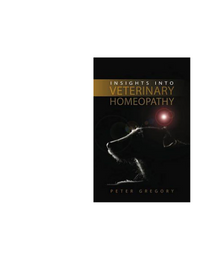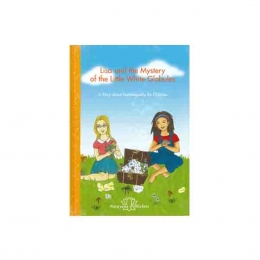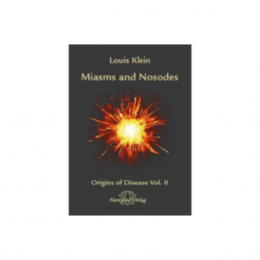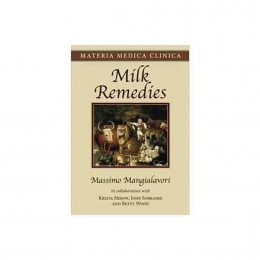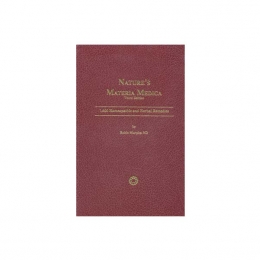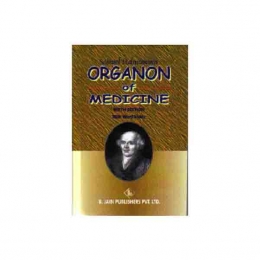Orchids are one of the largest and most fascinating plant families in the world. In spite of that, they have been poorly represented in homeopathy.
Renowned homeopath Louis Klein has produced a comprehensive and trail-blazing guide to this compelling plant family. He initiated ‘The Orchid Project’ to encourage study, sowing seeds which have grown into the extensive provings, materia medica and clinical data offered here.
The material combines a wealth of background information, analysis and intuitive insights to identify key themes for the Orchidaceae family. These include a conflict between spirituality and materialism with a strong sexuality and search for perfectionism.
They have proven to be powerful remedies in children with ADHD, dyslexia, speech difficulties and other learning disorders. Orchid remedies are increasingly needed in the “new child” that is overly adapted to technology and affected by it, leading to disorders of the autism-spectrum and Asperger’s. There are physical affinities for sexual organs, feet and body orifices, with prominent neurological symptoms, as well as fungal infections and allergies.
Detailed, nuanced portraits are offered for over thirty individual Orchid remedies like Vanilla planifolia and Cypripedium pubescens as well as many new remedies. Their lesser-known ‘dark side’ is fully explored, along with a host of other new perspectives, such as relationships to Fungal and Animal groups.
Louis Klein has the rare ability to transform the knowledge of provings into clear essences, thus helping homeopaths include this important remedy group in their daily prescriptions.
"Louis Klein's "Orchids in Homeopathy" is the result of his extensive research into this fascinating family of plants; these plants have long been the prized objects of voracious collectors in many cultures. Via historical data and a series of provings, he has found that these remedies relate to a conflict between spirituality and materialism, with a strong sexuality and a search for perfection. His cases reveal the usefulness of these remedies in those with learning difficulties such as ADHD, autism spectrum disorders, Asperger's and dyslexia, areas where we homeopaths often struggle to find matching remedies. There is also a strong affinity with the sexual organs, neurological complaints, fungal infections and allergies.With its well-defined descriptions and accurate analyses, the link between theory and practice is made clear and applicable." Deborah Collins
"Lou Klein's gifts of clear elucidation and clinical insights shine through in his new book, "Orchids in Homeopathy". Fascinating are themes of sensuality and joy juxtaposed with darker themes such as war and death brought out by the orchids' relationship with fungi. Insights into contemporary miasmatic families and periodic stages consolidate an archetypal understanding of the orchid remedies. This groundbreaking book presents over thirty-five colorful and concise remedy pictures as well as six Hahnemannian proving" Kellie Kirkpatrick Lic.Ac, HMC
"Lou Klein has created a wonderful summary of the themes seen in orchid remedies and related that to how and where they grow. The more detailed materia medica information on individual remedies will be a great resource and if you add to this the beautiful presentation of the book, the entire volume feels like a great gift to the homeopathic community. Thank you for all the work" Judith Mapleson HMC
529 pages, hardcover


